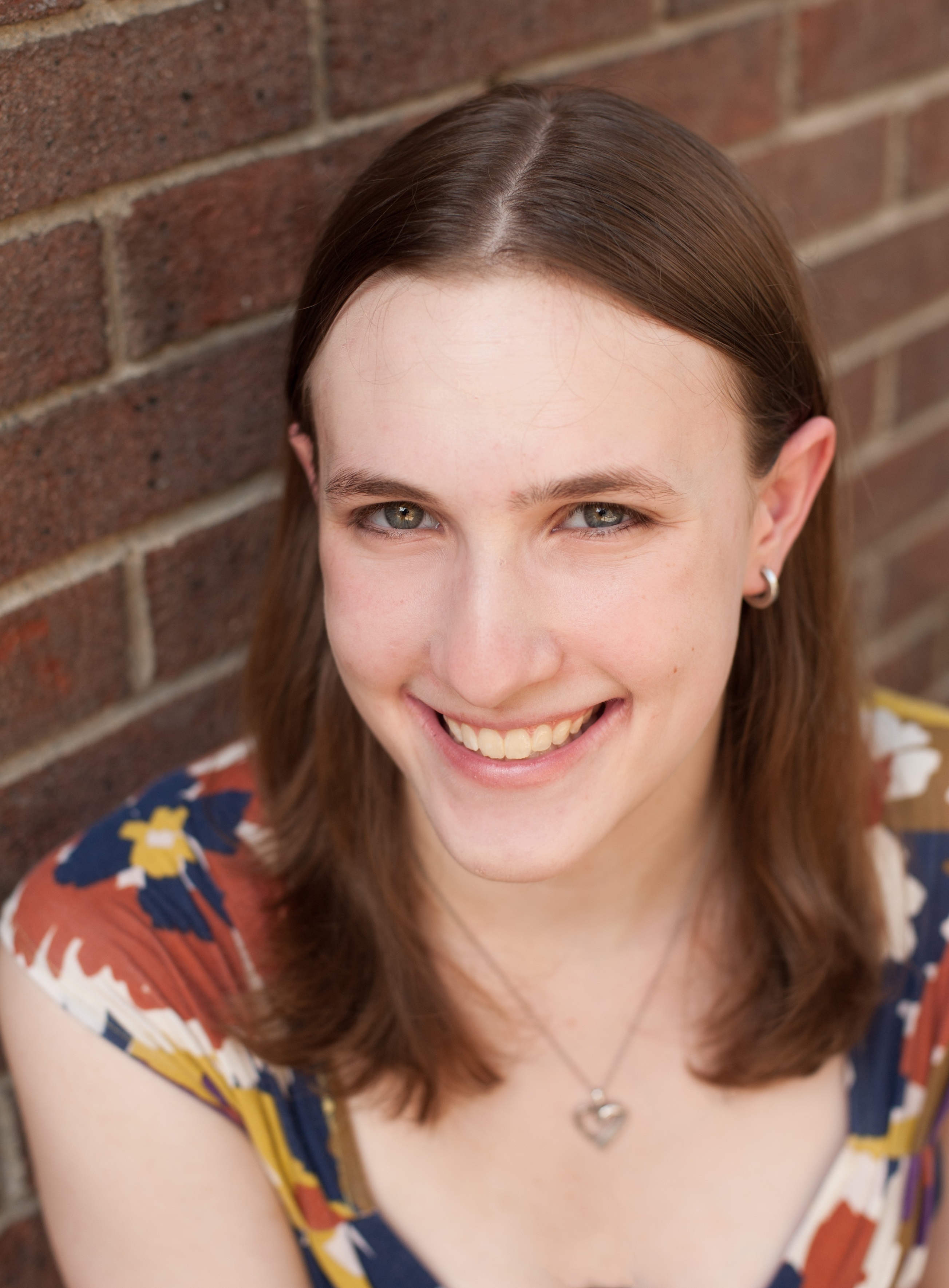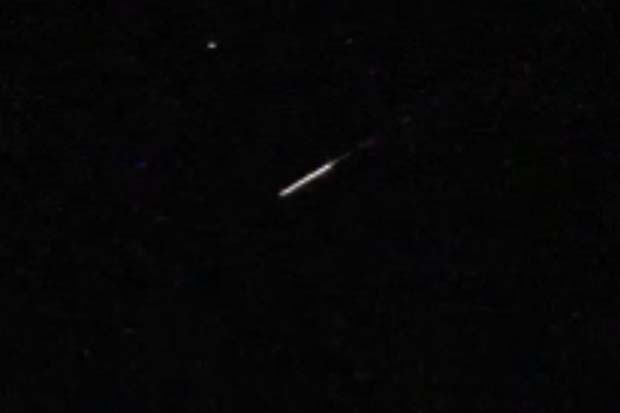Watch Early Orionid Meteors Light Up the Sky (Video)
Astrophotographer Victor Rogus captured an early view of the Orionid meteor shower, peaking this weekend, in this striking video from Arcadia, Florida.
During the upcoming Orionid meteor shower peak, skywatchers can expect to see about 20 meteors per hour in the darkened sky. But the meteor shower extends below and after the peak, at lower meteor rates, so eagle-eyed and patient skywatchers can still spot them at other times.
"I witnessed about 5 meteors per hour from my home in Arcadia, Florida," Rogus told Space.com in an email. Rogus is an amateur astronomer and Fellow of the Royal Astronomical Society in London, and he has written a column about amateur astronomy for Space.com. To record the meteors, Rogus used "a Canon 60d camera with a 50mm Carl Zeiss manual focus f 1.4 lens," steadying his camera on a tripod, he said. [Orionid Meteor Shower 2017: How and When to See It]
The Orionid meteor shower comes along every year in late October as Earth passes through the trail of dust and debris left behind the orbit of Halley's Comet. Although the comet passes by Earth only every 75 to 76 years, its dusty trail crosses paths with Earth twice a year: in May (causing the Eta Aquarids) and in October (for the Orionids).
The Orionids are among the fastest meteor showers, with each piece of debris streaking across Earth's atmosphere at up to 148,000 mph (238,000 km/h). Some years, as many as 75 to 80 meteors per hour can fill the sky.
The Orionids can be seen from anywhere on Earth, and this year the thin crescent moon will leave the sky dark enough for good viewing. They will appear to emanate from near the constellation Orion's sword. According to NASA meteor expert Bill Cooke, the Orionids are best seen around 2 a.m. local time — head out about 1:30 to give your eyes time to adjust, settle in, lean back and look up at the whole sky. If you miss the peak, the meteors may still be visible as late as Oct. 29, and Earth finally leaves the comet's path Nov. 7.
Editor's note: If you snap a great photo of an Orionid meteor or any other night sky sight you'd like to share with Space.com and our news partners for a story or image gallery, send images and comments in to: spacephotos@space.com.
Breaking space news, the latest updates on rocket launches, skywatching events and more!
Email Sarah Lewin at slewin@space.com or follow her @SarahExplains. Follow us @Spacedotcom, Facebook and Google+. Original article on Space.com.

Sarah Lewin started writing for Space.com in June of 2015 as a Staff Writer and became Associate Editor in 2019 . Her work has been featured by Scientific American, IEEE Spectrum, Quanta Magazine, Wired, The Scientist, Science Friday and WGBH's Inside NOVA. Sarah has an MA from NYU's Science, Health and Environmental Reporting Program and an AB in mathematics from Brown University. When not writing, reading or thinking about space, Sarah enjoys musical theatre and mathematical papercraft. She is currently Assistant News Editor at Scientific American. You can follow her on Twitter @SarahExplains.

